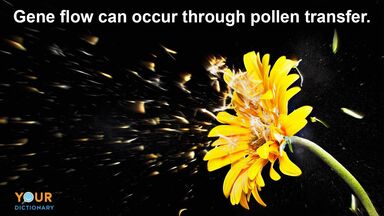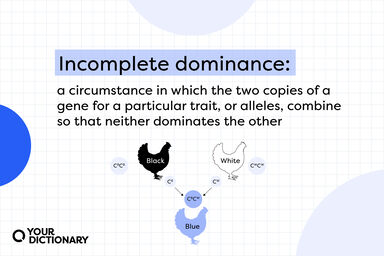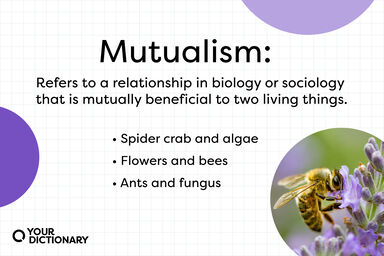Cross-pollination Definition
krôspŏlə-nāshən, krŏs-
noun
The transfer of pollen from the anther of one flower to the stigma of another with a different genetic composition, as by insects, or deliberately by a botanist.
Webster's New World
Influence or inspiration between or among diverse elements.
American Heritage
Antonyms:
Find Similar Words
Find similar words to cross-pollination using the buttons below.





